Via Francigena Part 3 route map |
Arras ~ Bapaume ~ Rancourt ~ Péronne ~ Seraucourt-le-Grand ~ Tergnier ~ Laon ~ Corbeny |
Distance: 198km (372/1,900km) |
Time (for us): 9 days |
Ascent: 1,375m |
Battlefields & Remembrance Trail | Giant military cemeteries | Carp-oriums | Gothic cathedrals | World’s best pain au chocolat |
We loved Arras, but it’s a funny thing. Long walks like this pull you on relentlessly – you almost can’t control it. The need to move. So after only a couple of days, we wistfully packed up our things (why are these bags this heavy?), said goodbye to Arras and headed back out on the Via Francigena. Let’s see what we would see.
It was murky and cooler setting out, and it soon became clear we had reached a new and strange territory. Over and over again out of the mist appeared neat, walled rectangular clearings, looking from a distance like little gardens. Odd though, out in the middle of nowhere. Of course they weren’t gardens at all, but something more chilling: military cemetery after military cemetery, dotted all over the landscape – hundreds, in fact. It might not be the happiest of travel stories, but this is the story that this part of France has to tell. Our own Remembrance Trail.
It starts in Arras, really. In the city itself, there are war tunnels dug by the New Zealanders, and a huge British cemetery on the outskirts. There are too much, much bigger cemeteries only a few kilometres out, and the world famous Canadian Vimy Memorial. They are all commemorating one thing: La Grande Guerre – the First World War, exactly one hundred years ago.
And walking on, we soon realised that the Via Francigena pilgrim route in fact cuts right through these battlefields. Predating 1914-1918 by almost a thousand years, the path weirdly totters precisely along the frontline of the Battle of the Somme. The horror of that is hard to imagine now: it’s a quiet, flat, green landscape you walk freely along, just birdsong and tractor engines. And thanks in part to the quite fantastic Commonwealth Graves Commission every single one of the many British sites are actually lovely: flowering, mown, and pearly white. Worth visiting, worth really actually seeing.
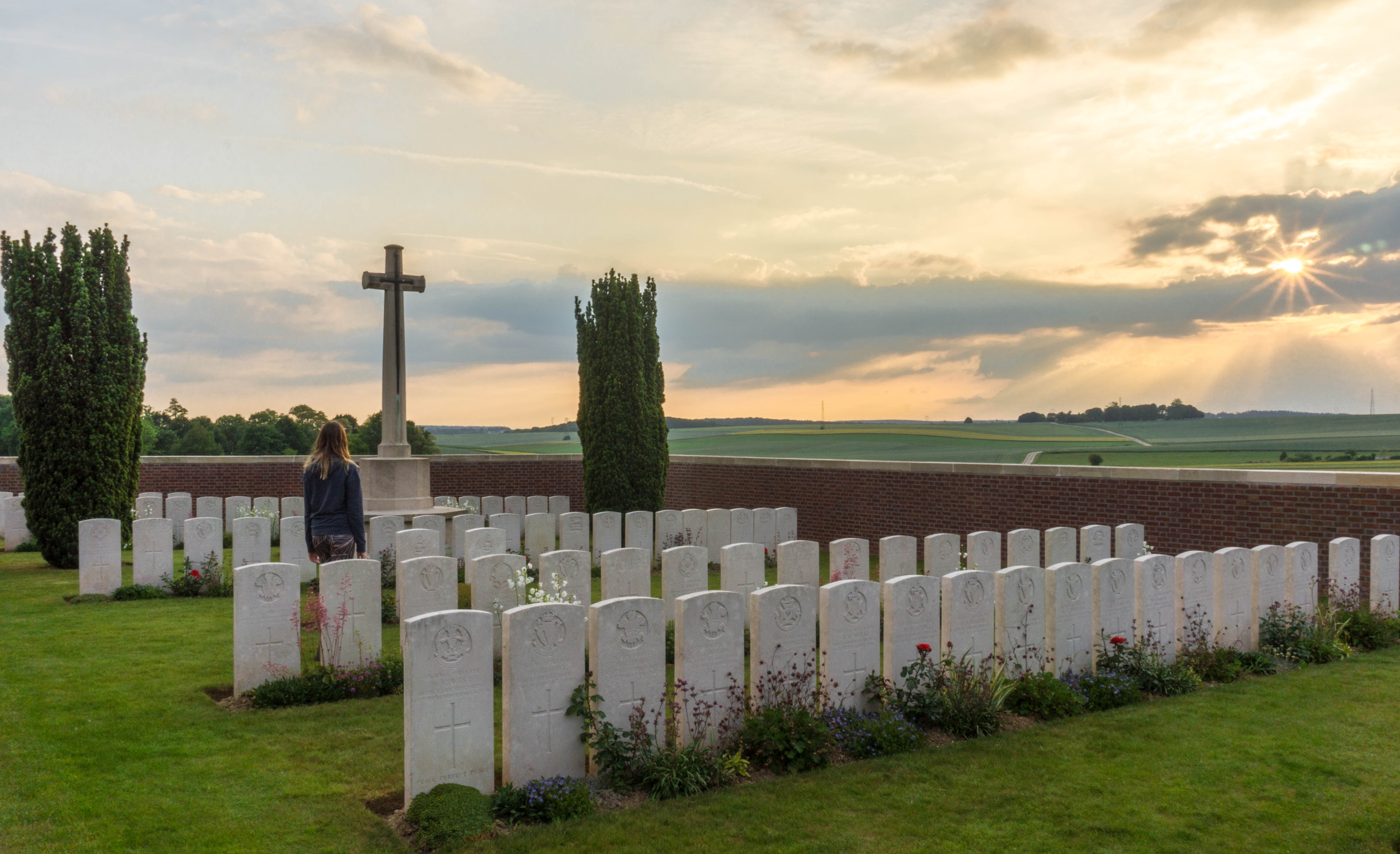
We saw so many, but one in particular leapt out: the Nécropole Nationale, in Rancourt. Right on the trail, we rounded a hedge and found it by accident. 8,000 French graves stood looking at us, row after row in perfect symmetry. British and German cemeteries are nearby too, all kept in their own way. And spur of the moment, we asked a local hotel owner if she could let us camp that night so that we could stay until dusk, to watch and walk a bit. And standing in the corner to see the sun dip below the lines of all those little white crosses was quite something.
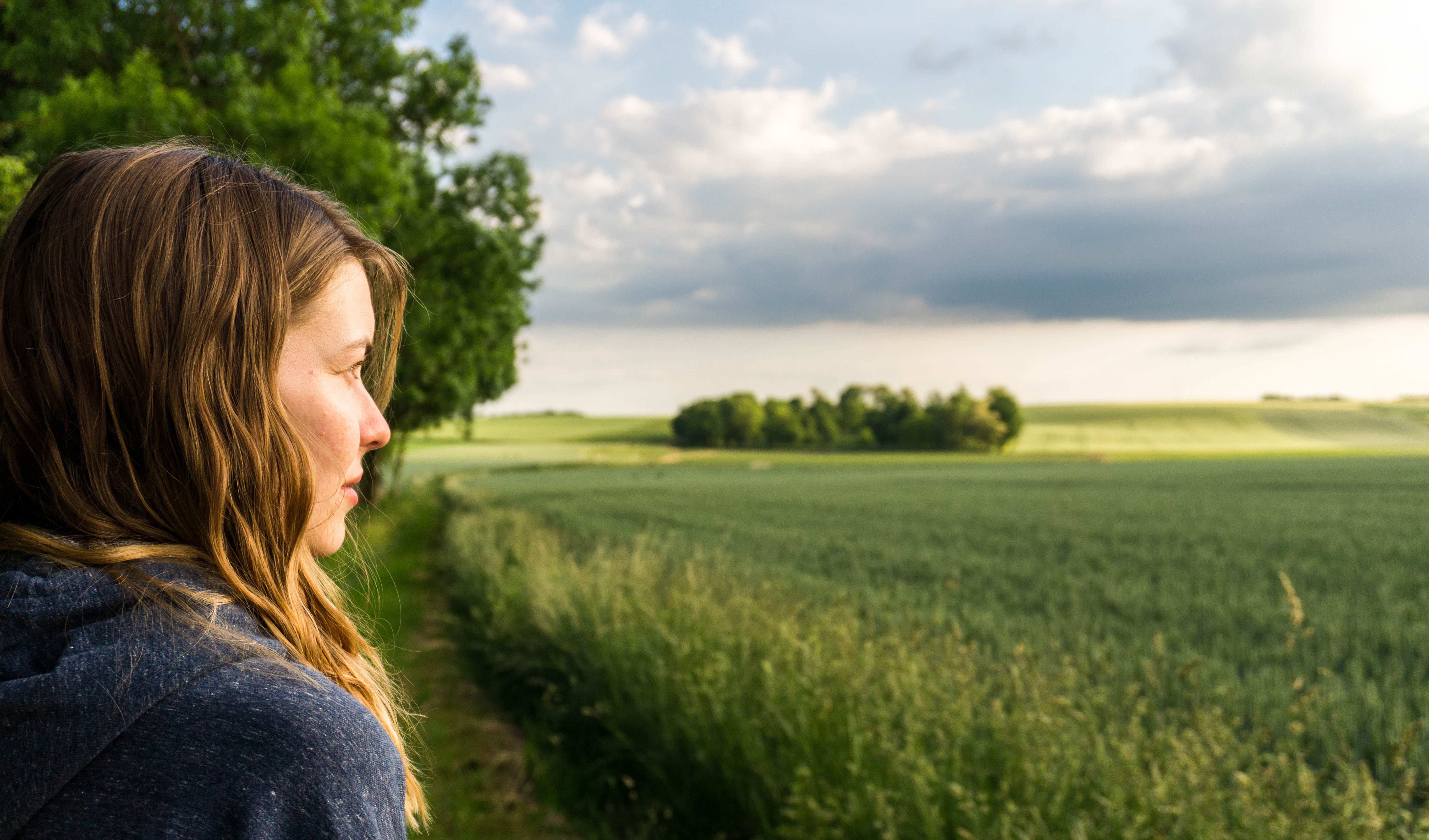
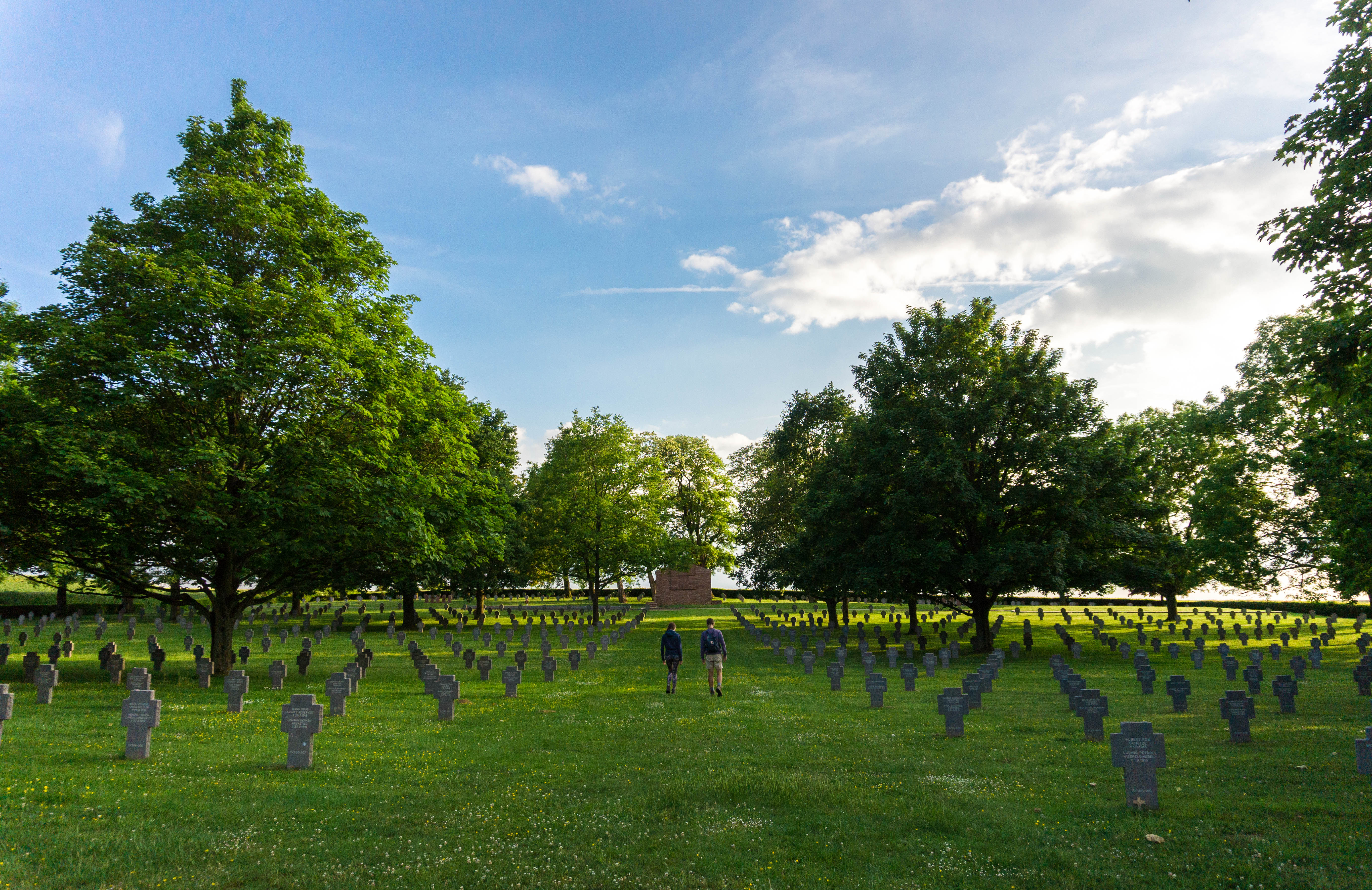
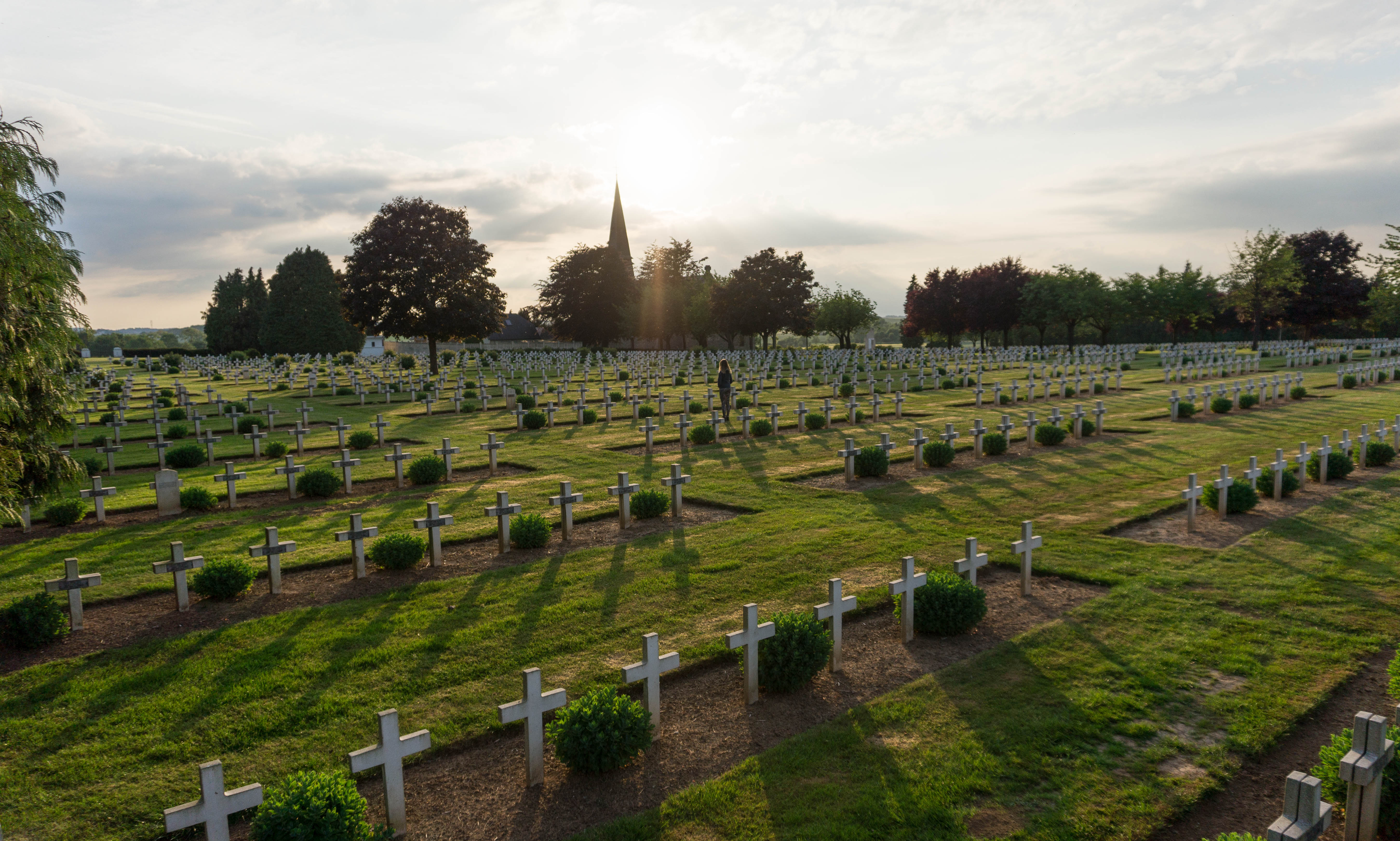
Rancourt is also the place the Via Francigena crosses the Remembrance Trail, a tourist route which connects up the war memorial sites all over Northern France. It can be walked, cycled or driven – and it completely piqued our interest. So, we actually did a (walking!) detour off the Via Francigena for a day to visit one particular sight nearby on the Remembrance Trail, ‘Devil’s Wood’. What we saw there was unforgettable – a must see really, if you are in this region. We’ll be doing a blog about it very soon.
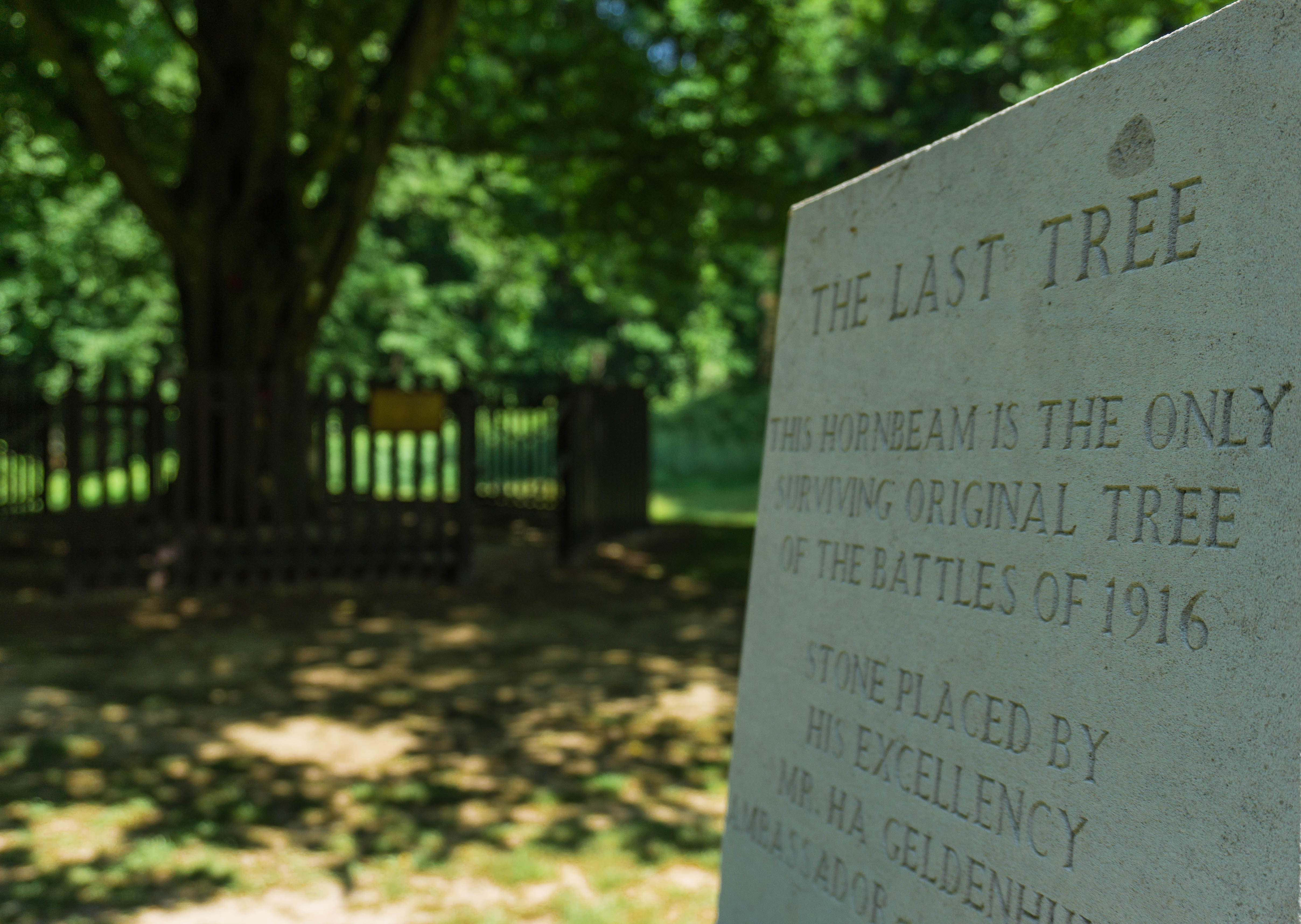
As a general rule, we have been camping all along this section, a tough option but an excellent way of saving money on a long trip. It gives you ultimate flexibility and it throws up some unexpected surprises. A lady at Vraignes-en-Vermandois produced coffees and strawberries from her garden when we turned up, exhausted, to camp. She came out with a tray, pointing to our eyes and pulling a sad face (concerning). And then she put us in one of her caravans when it rained. Or in Tergnier where a French girl spoke to us in English with a North London accent, and showed us to an empty campsite on a brand new beach.
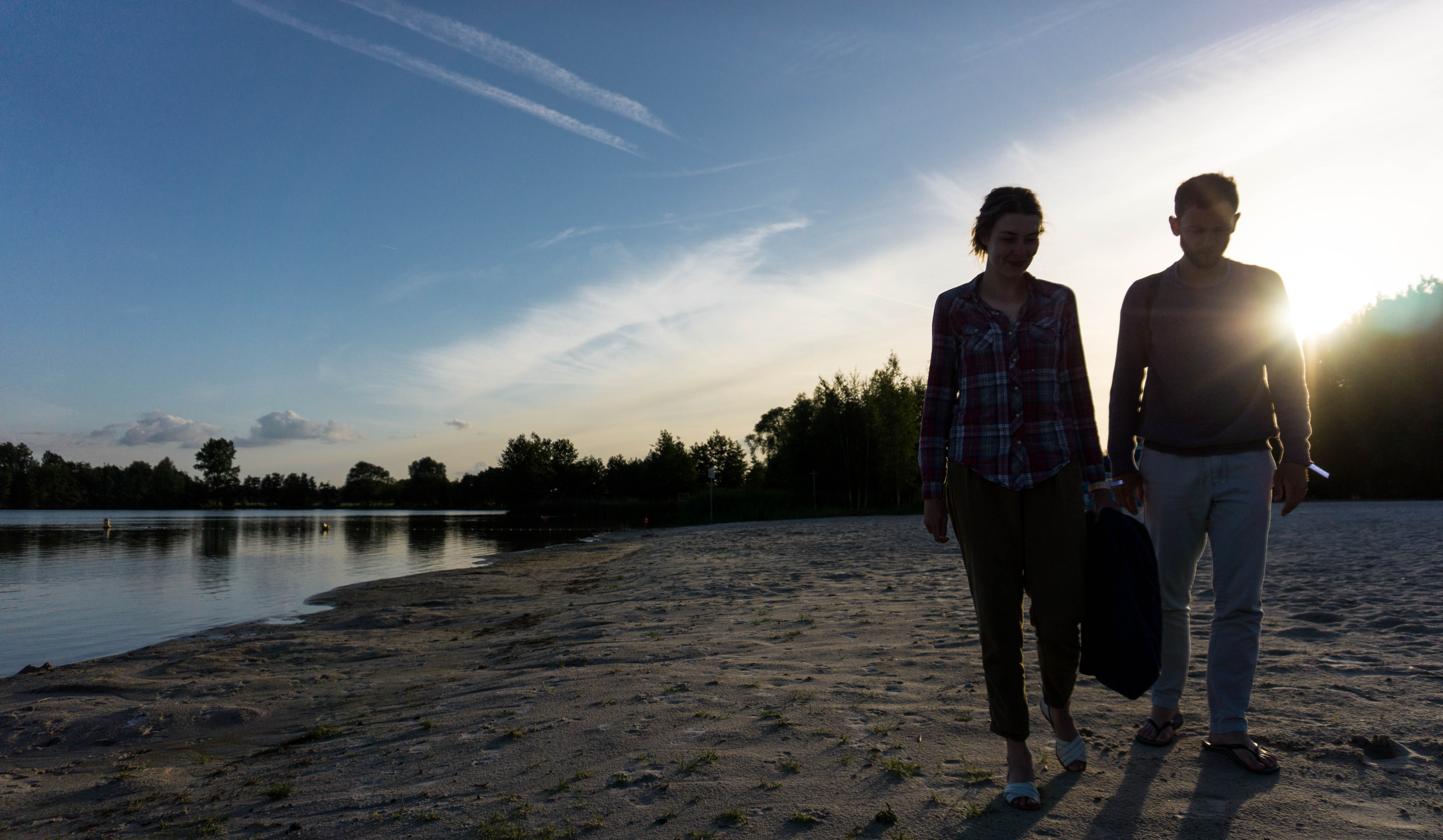
Best yet though, is arriving in Seraucourt-le-Grand. It’s a small place which marks a crossover point with other pilgrimages, those heading down to Santiago de Compostela from Belgium and the Netherlands [see the routes here]. But really everyone is there to catch GIANT CARP from the lakes around. ‘My grandad would love this,’ Luke kept saying over and over as we sat bemused, drinking grand cafes.
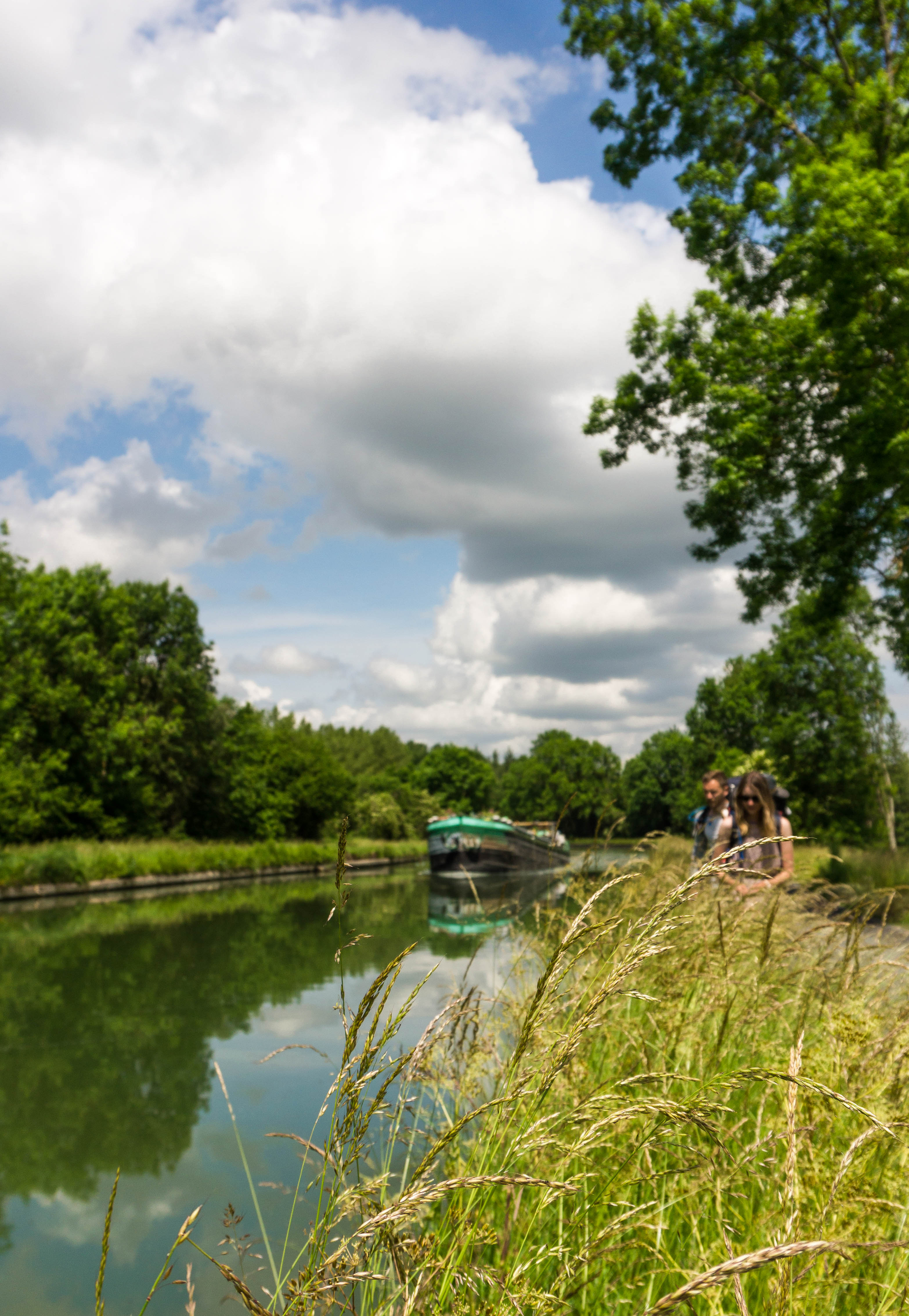
Along rivers, canals, and bridges we walked, long straight days through the départments of Aisne and Somme. And our own Remembrance Trail continued: in Péronne, the medieval chateau has been turned into a Great War Museum. Our campsites had maps of nearby war sites, and little drawings of soldiers in different uniforms: British, French, German, Australian Moroccan…
But it wasn’t all war stories. Perched above forests was the next stop on the Via Francigena route, the hilltop town of Laon (‘L-O-hn’). It’s a weather-beaten, medieval lookout type of place. We had a day off there, walking up from camp on grimpettes – grassy tracks that apparently count as little roads up to the old town.
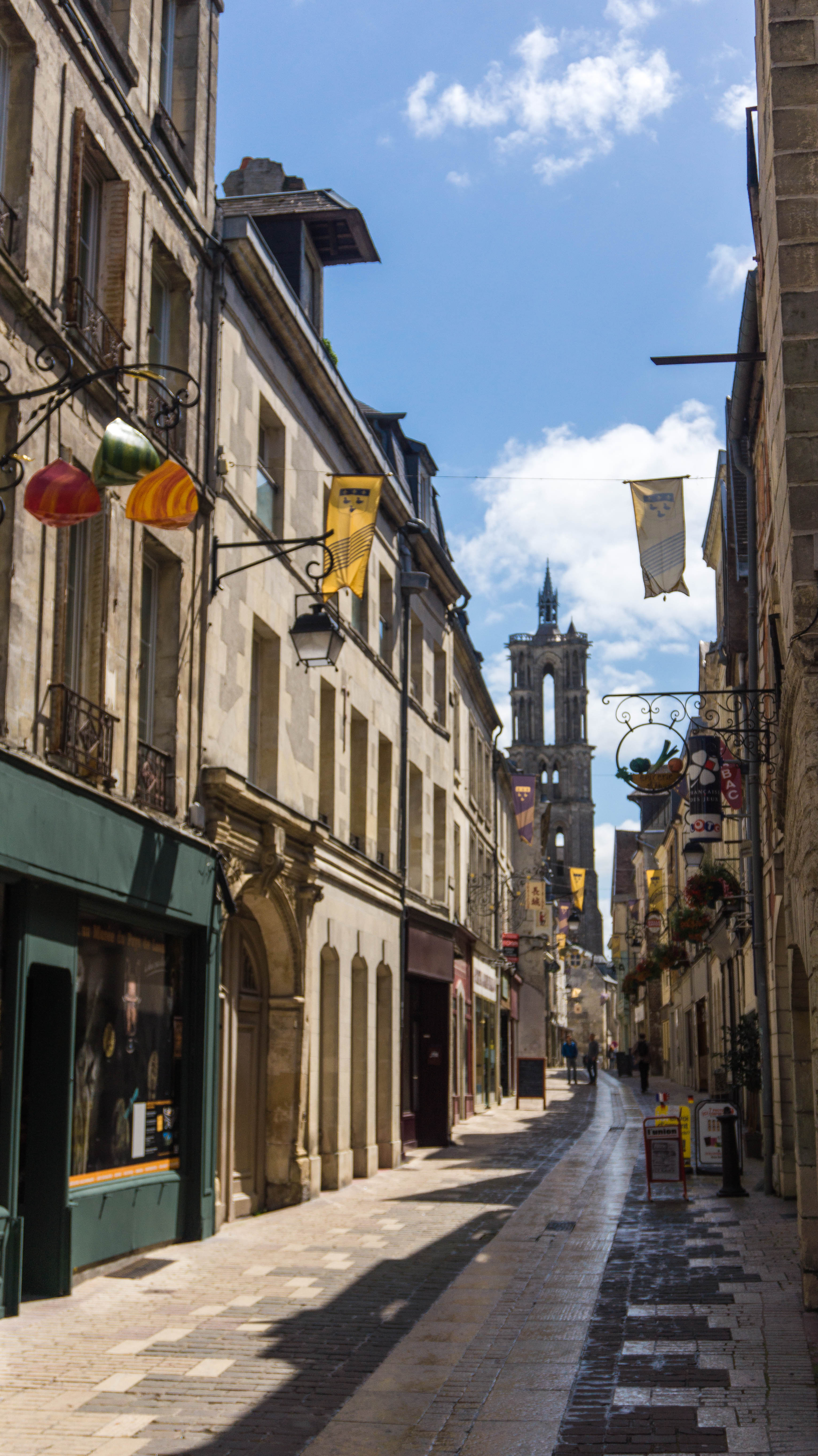
Days off are supposedly for resting, but the lure to explore is too much for us. We circled Laon’s walls, gazing out at the fields stretching beyond, and café-hopped outside the imposing Gothic cathedral. Shoutout: in Crêperie Agora we lost several hours eating buckwheat crêpes oozing with cheese, tomatoes and steak, followed by cream, chocolate, sugar – probably the best meal we’ve had.
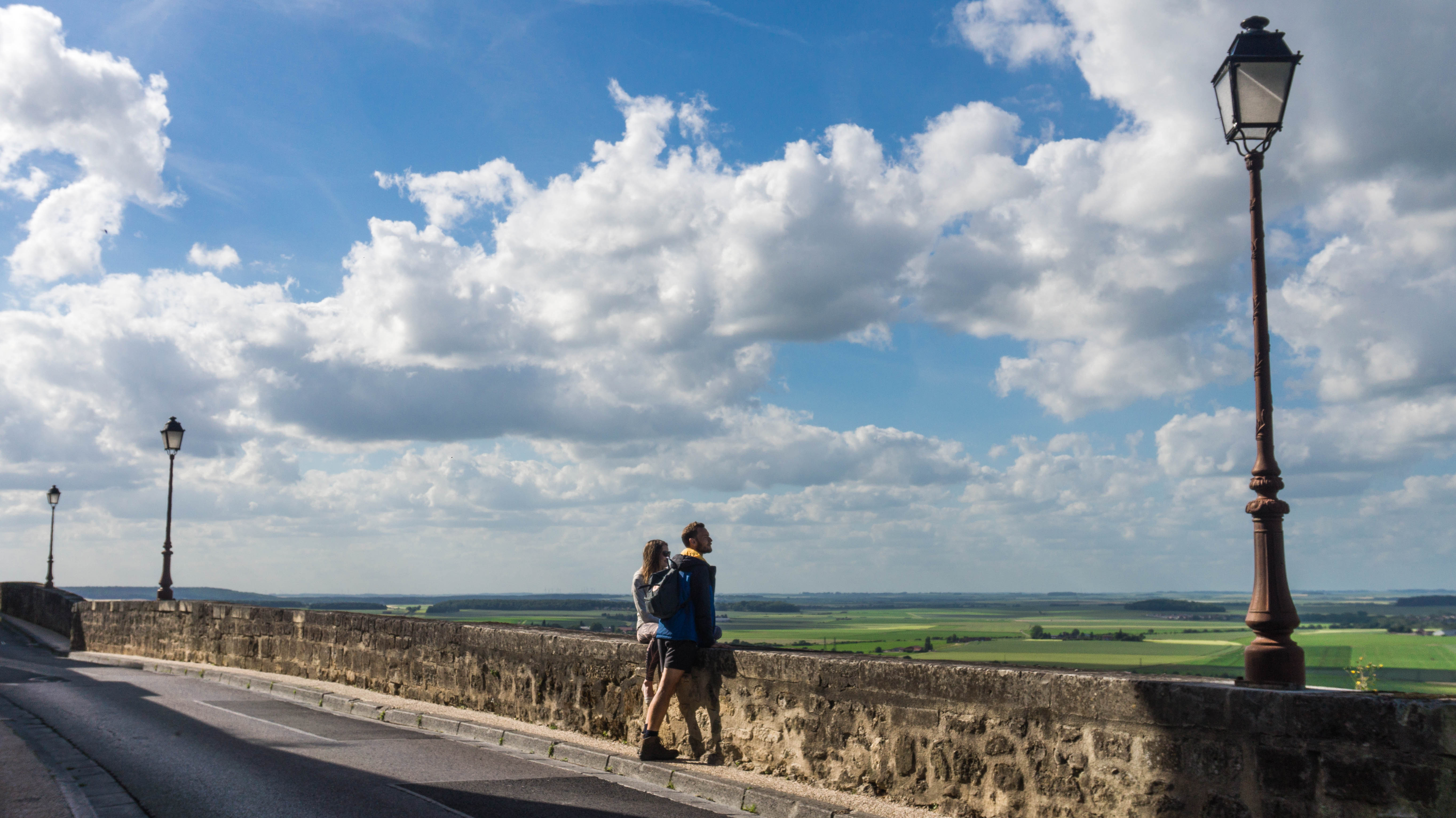
It’s a perk of walking 15 miles a day that you can basically eat everything you see. And moving on from Laon to tiny Corbeny we stumbled on possibly the best pastry we have ever –ever– had. Ladies and gentleman, the almond pain au chocolat of Corbeny. Fresh, buttery, gooey but with a sweet, roasted topping.
Of course, we have no pictures of this, because we ate the entire boulangerie. We apologise. But we are thinking of a post on French Via Francigena food, so more croissant dreaming could be to come.
Taking greasy bags of pastries with us, we left Corbeny and set out the next day to a new départment, Marne. Leaving behind memorials, war museums, the Remembrance Trail. On a path like the Via Francigena you are always moving on, and now that means Champagne. A whole other story…
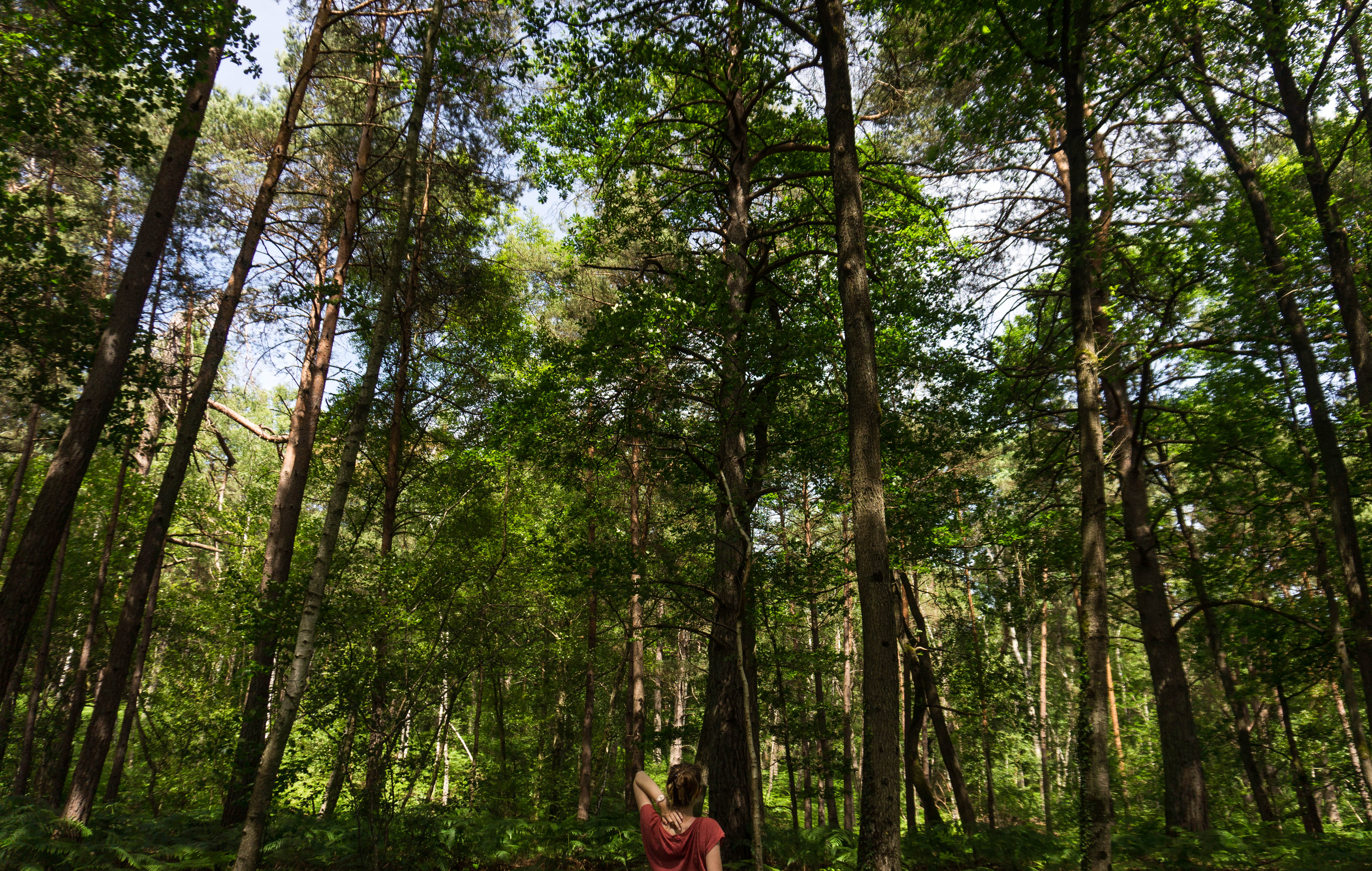

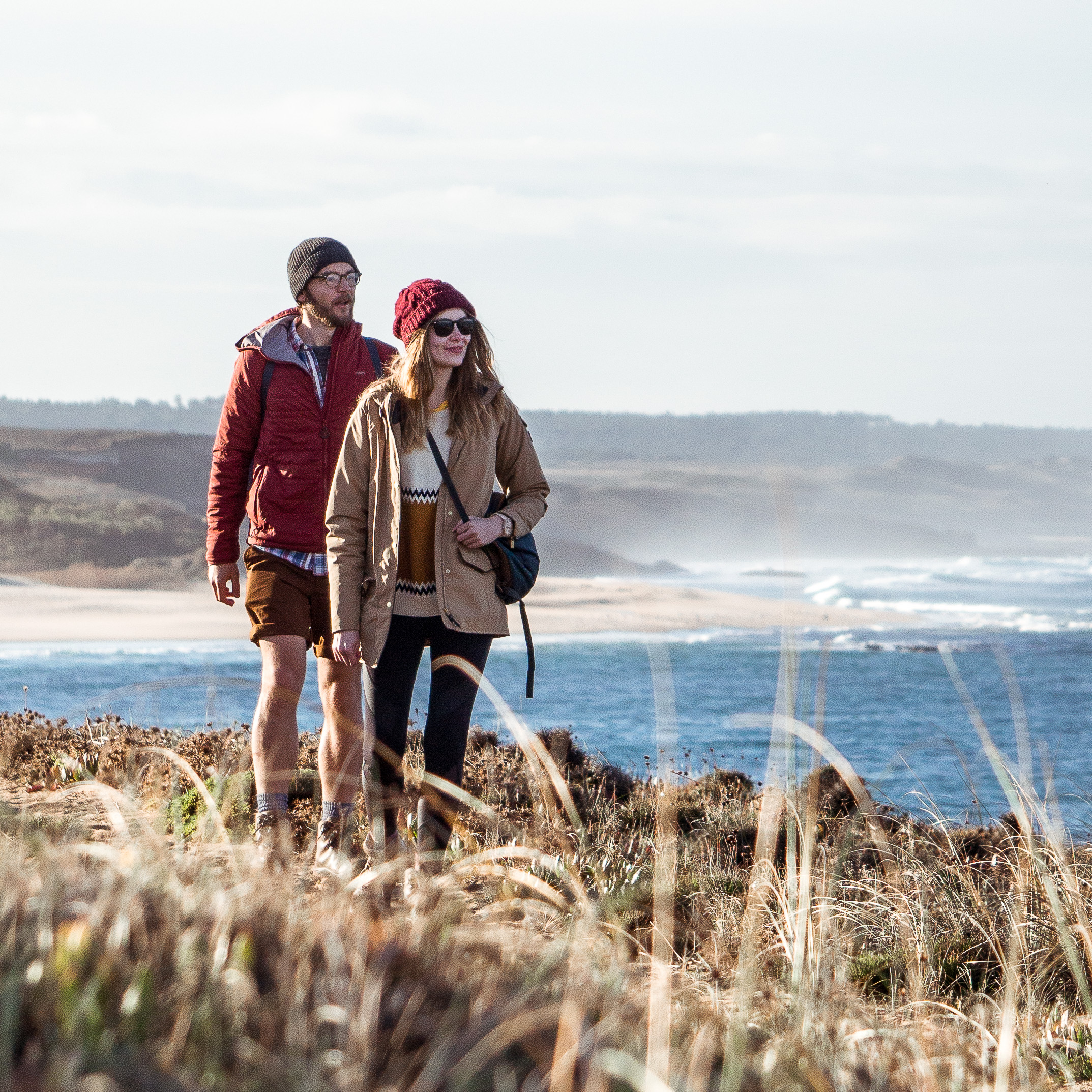
Well, that was so nice to hear from you again. I think you both are AMAZING!!!!!
Don’t know how you do it. Thanks for letting me walk with you and to tell me what you are up to and what you see on your travels. Love to you both.
Chris send his love too. xx
Hi Corry (and Chris), thanks very much for your message and glad you are walking with us! It’s hot, isn’t it? We’ll be posting again soon, this time something a little different, so look out for that! Best to you both, Luke & Nell xx
Once again you have sent us all another must read blog, how can I wait another 200kms for the next one….. I just have to as you hanging on your every word!
Thank you both again for taking me with you on your enlightening, touching and truly thought provoking travels.
Best of luck for the next few weeks and enjoy your discoveries big and small
X
Thanks Trish, very kind of you! xx
This is the best blog yet . The parts through the WW1 battlefields were really atmospheric and a little spooky. This whole section had me wanting to grab my walking shoes, mini tent and stove and literally follow you…..then I looked at the temperature and came back to earth……
Thanks very much, John! It was a special place to walk through and think back 100 years. We would like to go back and walk the whole Remembrance Trail in the future.
Hi Luke and Nell,
I’ve always wanted to do a cycling tour of thus part of the world and see the battlefields and cemeteries of WW1. I’m glad you hear you found it an interesting experience rather than a morbid one. Keep up loading the photos as well, I’m enjoying them.
Keep eating!!
Will keep the photos coming, don’t you worry! Nice to hear you’re enjoying them – thanks!
Get it organised, Anthony – carpe diem!
Keep the food coming!
Really great blog post. Very interesting to read.
It is a fascinating place and it certainly brings back many good memories for me. I was here and then touring around the Somme, a few years ago.
My father and myself retraced my Great Grandfathers footsteps from Heily, on the Somme to Ypres in Belgium. Following his regimental diary.
It shall live long in my memory, for many years to come.
Great Blog too. I will follow with interest. Good luck!
Thanks very much Gareth! We are looking forward to going back in the future to see more of the Somme and other First World War sites. The Remembrance Trail looks great in Somme, so we may try and walk it soon.
We’ll check out your site, and thanks for reading ours!